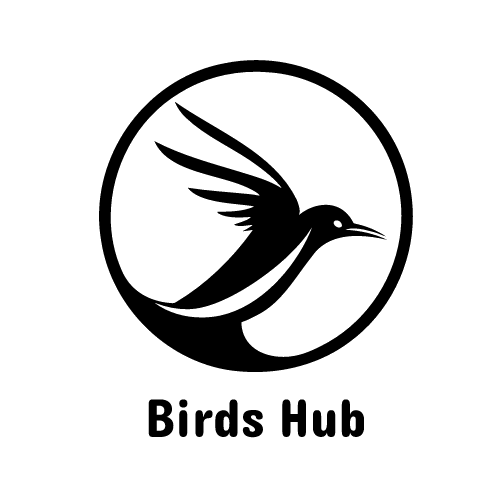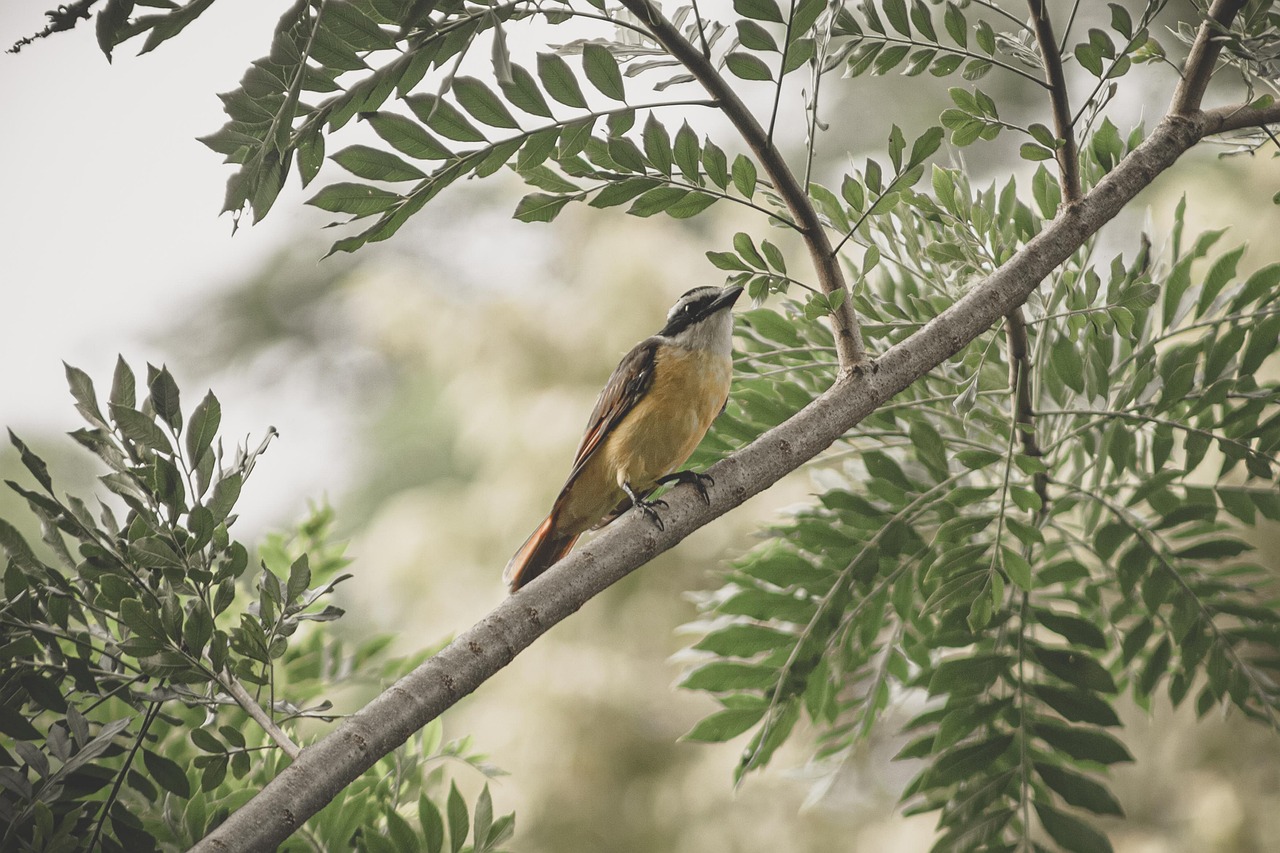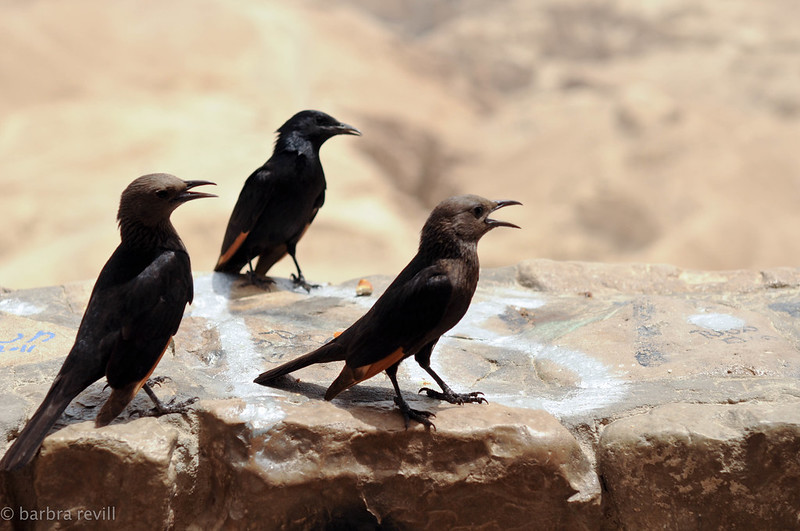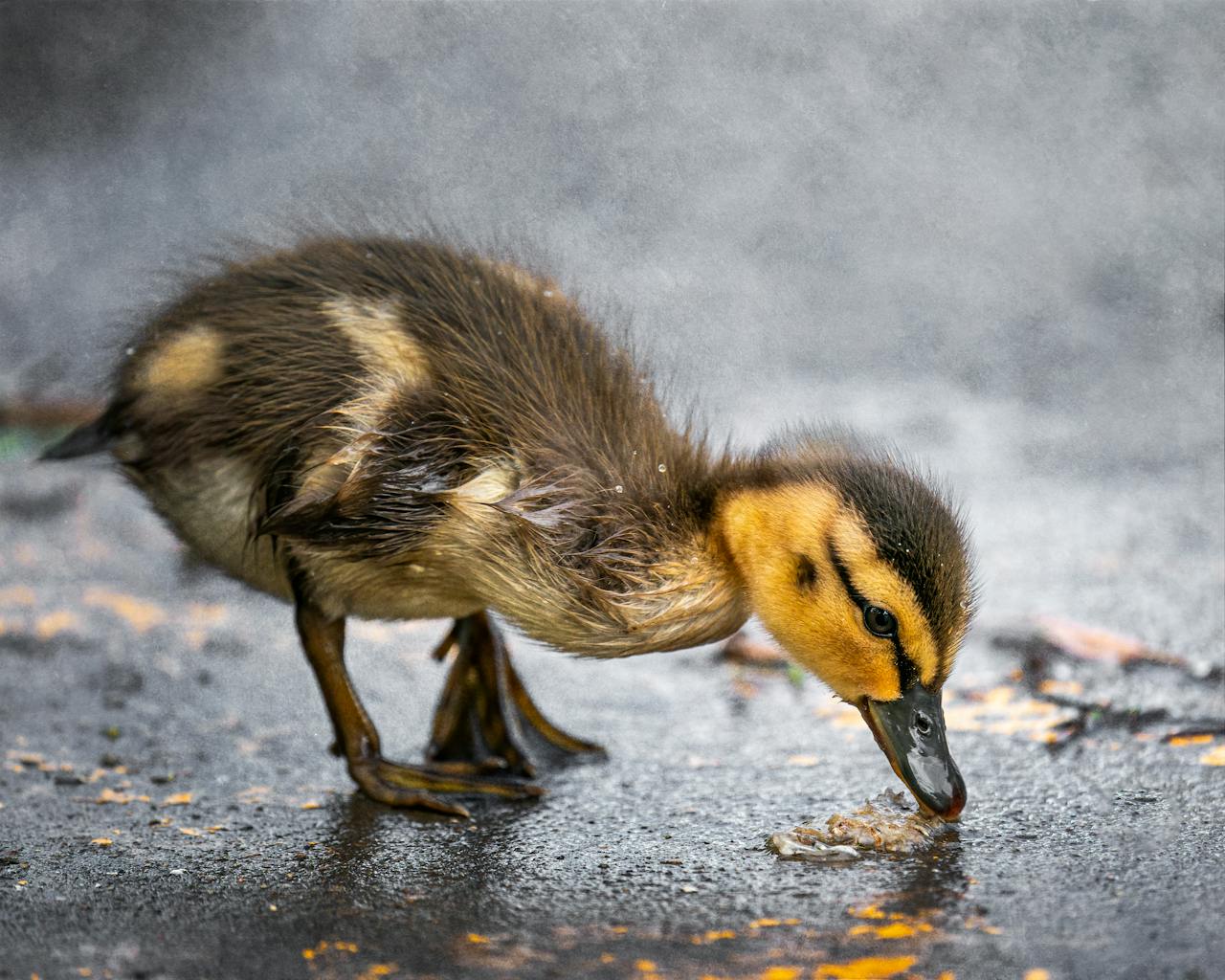Birding, also known as birdwatching, is a rewarding and relaxing hobby that connects you with nature. Whether you’re exploring a nearby park or watching birds from your backyard, birding can be an enjoyable and educational experience. Here’s how to get started.
1. Get the Right Gear
You don’t need expensive equipment to start birding, but a few basic tools can enhance your experience:
- Binoculars: A good pair of binoculars helps you see birds clearly from a distance. A beginner-friendly option is an 8×42 model, which provides a good balance of magnification and brightness.
- Field Guide or Birding App: A field guide (like The Sibley Guide to Birds) or an app (such as Merlin Bird ID) helps you identify birds based on their color, size, and behavior.
- Notebook or Birding App: Keeping a journal or using an app like eBird allows you to record your sightings and track your progress.
2. Choose a Good Birding Spot
You can start birding anywhere! Here are some great places to observe birds:
- Your backyard or balcony: Set up a bird feeder to attract local birds.
- Parks and nature reserves: Wetlands, forests, and lakes are great places to spot a variety of species.
- Coastal areas: If you live near the sea, look for shorebirds and seabirds.
3. Learn to Identify Birds
Start by observing common birds in your area. Focus on key features such as:
- Size and shape: Compare new birds to familiar ones.
- Color patterns: Look at the overall color and markings.
- Behavior: Notice how birds move, eat, or fly.
- Calls and songs: Bird sounds can help you identify species without seeing them. Apps like BirdNET can help with audio identification.
4. Be Patient and Respect Nature
Birding requires patience. Birds can be shy, so move slowly and avoid loud noises. Use ethical birding practices:
- Do not disturb nesting birds.
- Respect wildlife and their habitats.
- Follow park rules and local regulations.
5. Join the Birding Community
Connecting with other birdwatchers can make birding more fun. Join local birding groups, participate in bird counts, or follow online communities to learn from experienced birders.
What Is the Best Time to Bird Watch for Beginners?
The best time for birdwatching, especially for beginners, is early in the morning, shortly after sunrise. Birds are most active during this time as they search for food and interact with their surroundings. This period, known as the “golden hour,” offers excellent lighting for spotting and identifying different species.
- Spring and fall are the best seasons for birding because many species migrate, increasing the chances of spotting a variety of birds.
- Early mornings (between 6 AM and 10 AM) are ideal, as birds are more vocal and easier to spot before the midday heat.
- Evenings (before sunset) also provide a good opportunity to see birds as they return to their nests.
Avoid the afternoon hours when birds are less active, and try birding on calm, clear days for the best visibility.
How to Start Bird Spotting?
Starting bird spotting is easy and requires little more than curiosity and patience. Here are some steps to help you begin:
- Start Close to Home – You don’t need to travel far to begin birdwatching. Observe birds in your backyard, a local park, or even from your window.
- Get a Good Pair of Binoculars – A quality pair of binoculars will help you see birds in detail. Choose lightweight, comfortable binoculars with a magnification of 8x or 10x.
- Use a Bird Guide – Field guides (books or mobile apps) help identify birds by their color, size, and habitat. Apps like Merlin Bird ID and eBird are great for beginners.
- Learn Bird Calls and Songs – Recognizing bird sounds makes identification easier. Start by learning common calls in your area.
- Be Patient and Quiet – Birds are easily startled, so move slowly and minimize noise to avoid scaring them away.
- Take Notes and Photos – Keeping a birding journal or taking pictures helps track your progress and remember species you’ve seen.
- Join a Birding Group – Connecting with other birdwatchers can help you learn faster and discover new birding spots.
What Is the Most Essential Thing Required for Bird Watching?
The most essential tool for bird watching is a good pair of binoculars. High-quality binoculars allow you to observe birds from a distance without disturbing them. However, several other items can enhance your birding experience:
- Field Guide or Birding App – Helps identify species quickly.
- Notebook or Bird Journal – Useful for recording observations.
- Comfortable Clothing – Neutral colors help you blend into the environment.
- Camera (optional) – Useful for capturing bird details.
- Patience and Observation Skills – Birding is all about attentiveness and enjoying the experience.
While equipment is helpful, the most important thing is a willingness to observe and appreciate birds in their natural habitats.
What Is the Difference Between a Birder and a Twitcher?
The terms “birder” and “twitcher” are often used interchangeably, but they have different meanings:
- A birder is a general birdwatching enthusiast who enjoys observing, identifying, and learning about birds in a relaxed manner. Birders may go on regular outings but do not chase rare sightings obsessively.
- A twitcher is a more competitive birdwatcher who actively chases rare birds, sometimes traveling long distances to see a new or unusual species. Twitchers keep detailed records and often participate in a global or national “life list” challenge, striving to see as many species as possible.
While both enjoy birdwatching, birders take a more casual approach, whereas twitchers focus on spotting rare and elusive birds.
Conclusion
Birding is an enjoyable, low-cost hobby that connects you with nature and helps you develop observation skills. With a pair of binoculars, a guidebook, and patience, you can begin spotting birds in your backyard or explore birding hotspots in your area. Whether you’re a casual birder or an ambitious twitcher, the key to birdwatching is to stay curious, appreciate the beauty of birds, and enjoy the process of discovering new species.




Leave a Reply